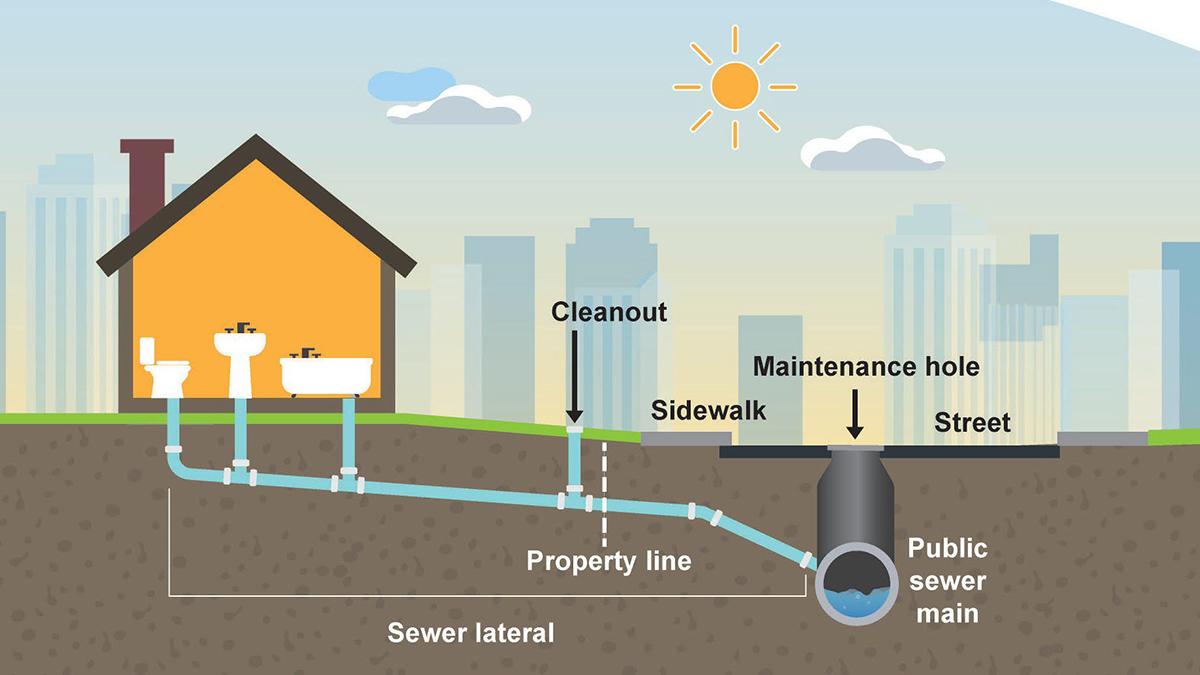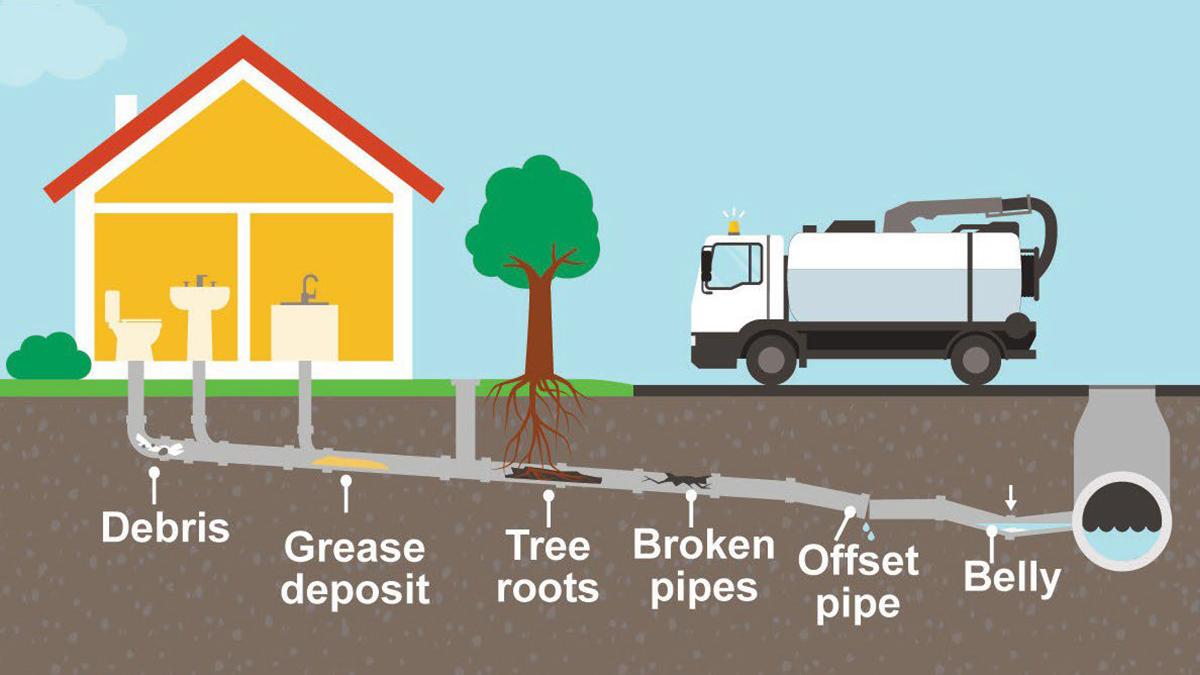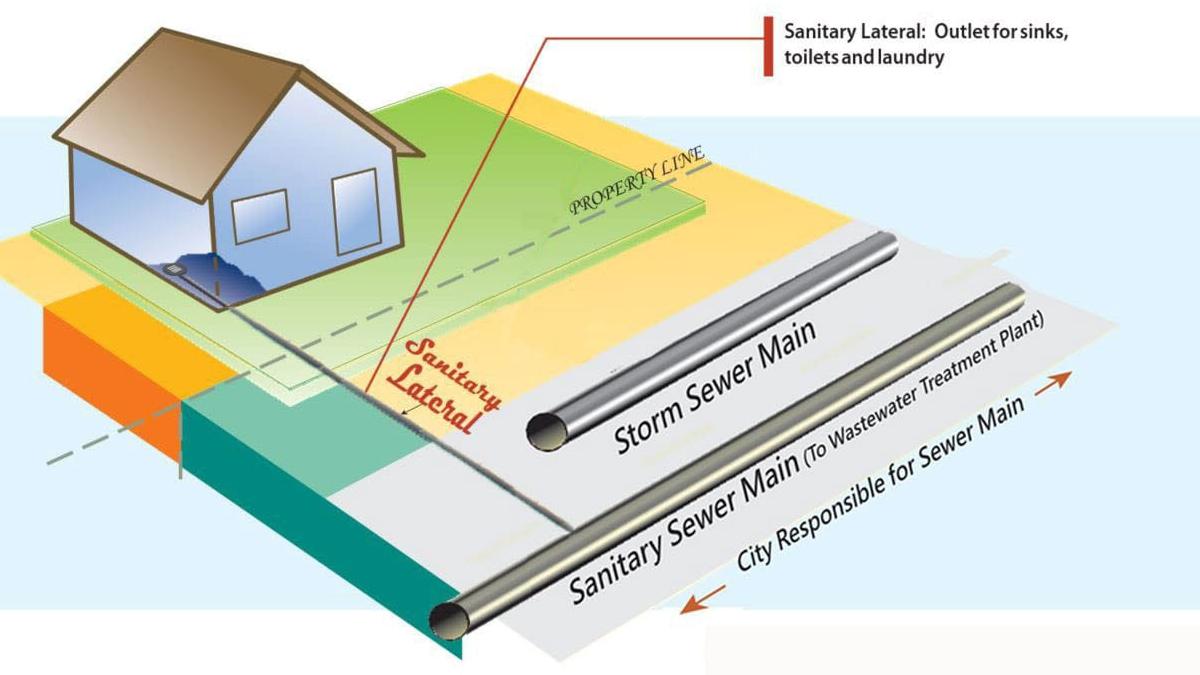There are two types of sewer systems: the storm sewer system and the sanitary sewer system. The municipal sanitary sewer system is a system of underground pipes that transport wastewater from the plumbing of privately owned buildings—including toilets, sinks, wash basins and industry process connections—to City's Wastewater Treatment Facility (WwTF).
Manholes are used at designated intervals in the sanitary sewer line as a means of access for inspection, cleaning, or lining. Sewage is treated at the WwTF and clean treated water is discharged into Kempenfelt Bay.
Sewer Use By-law
The City's Sewer Use By-law provides guidance to residents and businesses on proper wastewater and stormwater disposal practices. It sets limits for certain substances that, if discharged to the sanitary and/or storm sewer systems over the limits, could damage City infrastructure and/or end up in Lake Simcoe untreated.
Avoid Costly Clogs
To ensure a properly functioning transportation and treatment system, certain materials should NOT be disposed into sinks or toilets.
Not sure how to dispose of an item in Barrie? Use our Waste Item Lookup Tool.
When disposed of into sinks or toilets, these common items can cause blocked drains, equipment damage, injury to a WwTF employees, and/or poor sewage treatment:
- Disposable diapers
- Baby wipes or toys
- Sanitary napkins
- Combs or brushes
- Hair
- Any plastic materials
- Kitchen grease
- Oil, fuels & other hazardous materials
- Building foundation drainage (sump pump water)
- Newspapers, rags, cloths, cleaning wipes, paper towels
Sanitary Lateral Backups
A sanitary lateral is an underground pipe outside of your home that carries wastewater from your sinks, toilets, laundry, showers, etc. to the City’s sanitary sewer mains. If not cared for properly it can lead to sewage coming back into the house.
Property owners are responsible for proper use of the sanitary lateral and for items that go down the drains. Property owners are responsible for the maintenance and cost to repair the pipe on both the private and City side, if misuse of the sanitary lateral is determined to be the cause for the blockage.
Sewer backups can occur because of a few different issues
- Grease and food that is poured down the kitchen sink or toilet. These materials can build up in the pipes and restrict the flow.
- Tree roots can infiltrate the sanitary lateral blocking the flow of wastewater to sewer main.
- Settling of pipes can occur over time causing a break or ponding in the sanitary lateral.
- Sink grinders can cause sanitary blockages, even though the food is ground into small particles, these particles can still build up inside the pipes.
Related documents:
Businesses should follow best management practices and manufacturer’s recommendations for any pre-treatment devices installed on their sewer lines.
Steps if Experiencing a Sewer Backup
- The property owner calls a licensed plumber to clear the blockage and attempt to restore flow in the sanitary lateral.
- The plumber or the property owner calls Ontario One Call, 1-800-400-2255, for a Sewer Safety Inspection. This is a free service offered by Enbridge to ensure a gas line.
- Once the blockage is clear, a video inspection of the sanitary lateral should be taken to determine the cause of the blockage.
- If the blockage or failure is between the property line and the house, the property owner is responsible for all repair costs including the plumbing contractor services.
- If the property owner or plumber suspects the blockage or failure is between the property line and the sanitary main, call Service Barrie at 705-726-4242. A copy of the video inspection will be needed for City staff to review. If structural failure of the lateral is confirmed to be on City side of the property, the City will reimburse plumbing costs up to $500. The City will coordinate the repair or replacement of the sanitary lateral as required.



